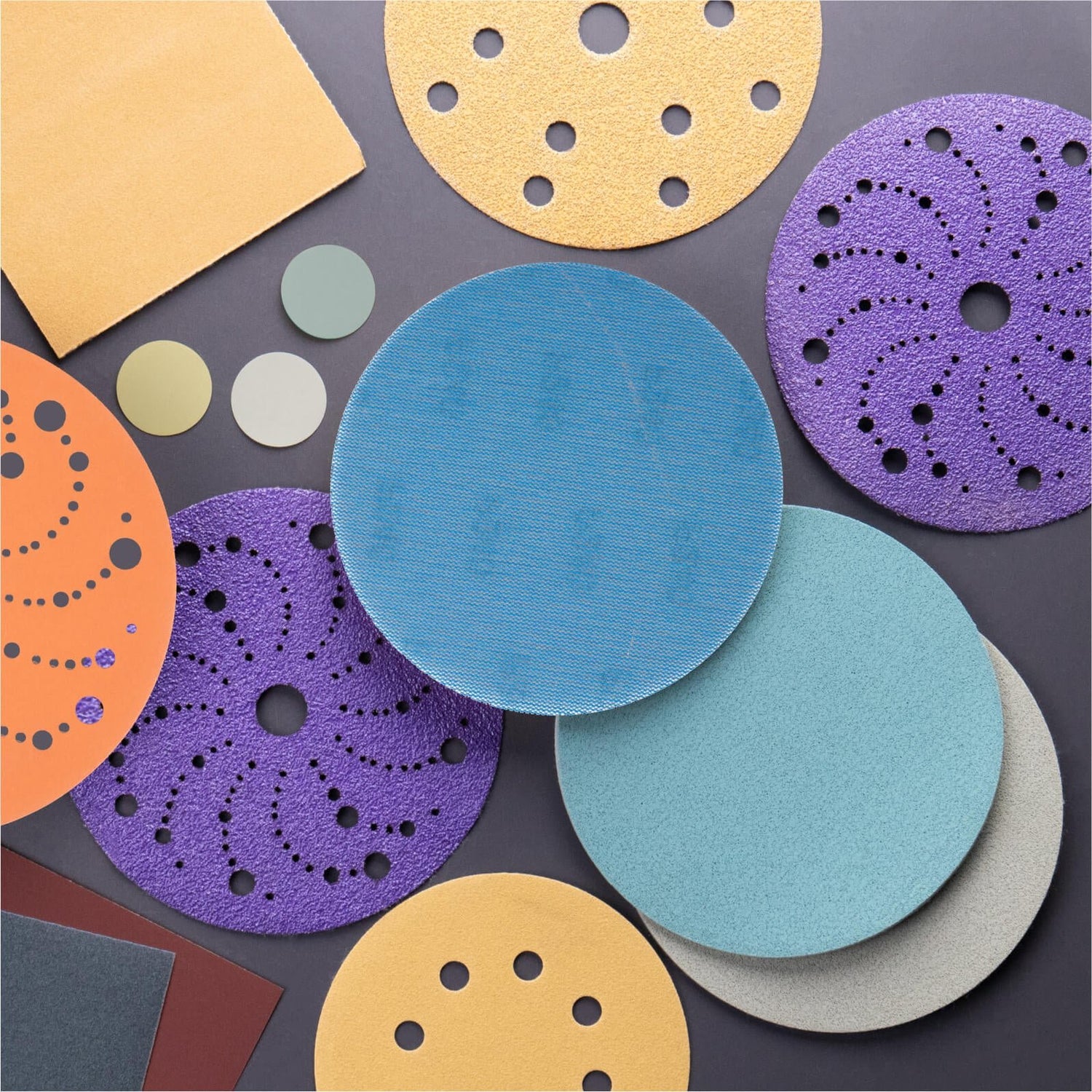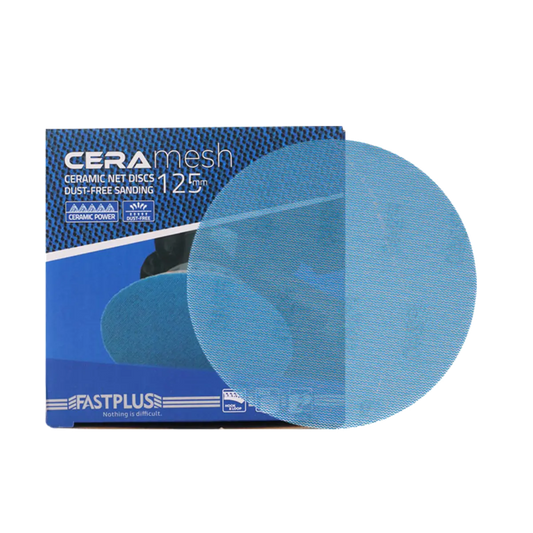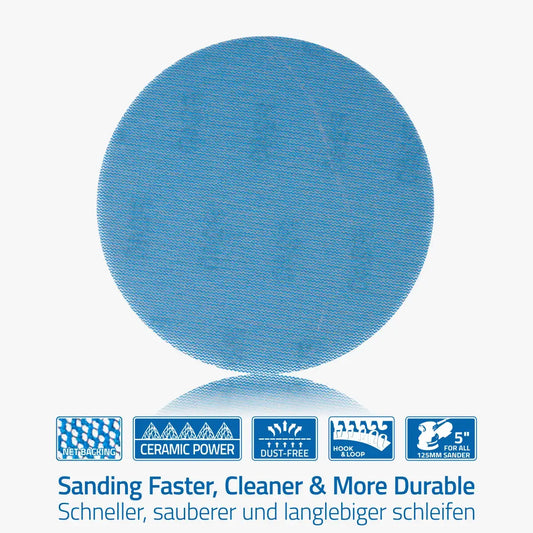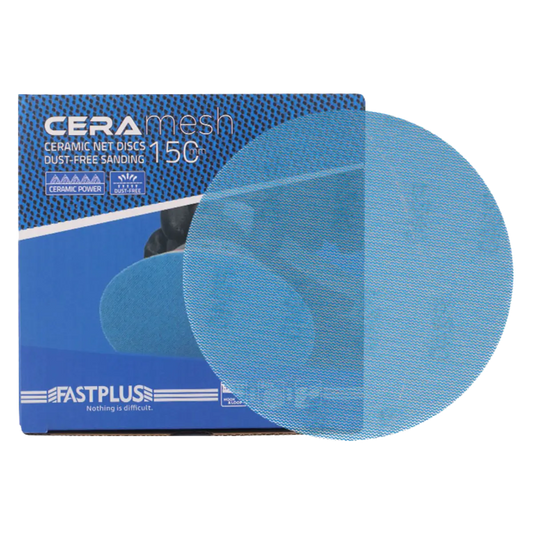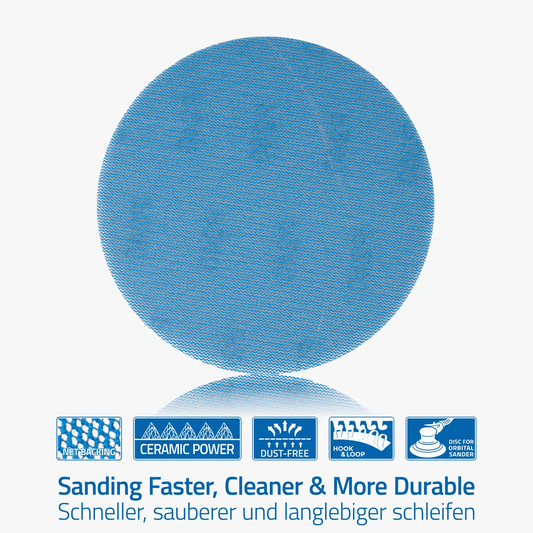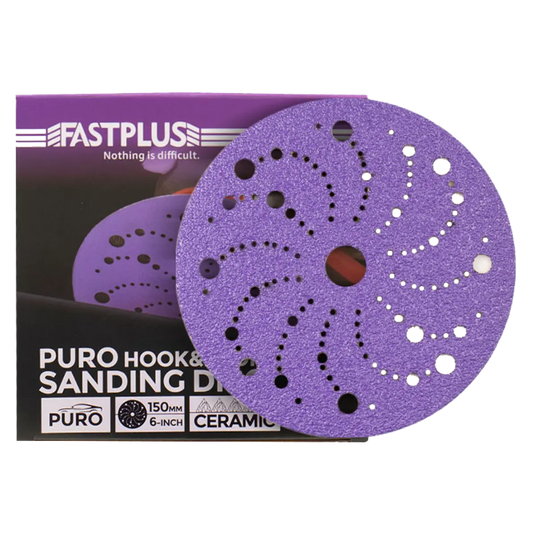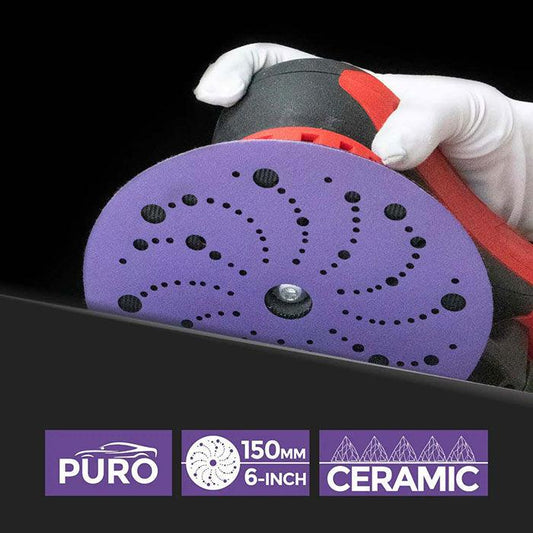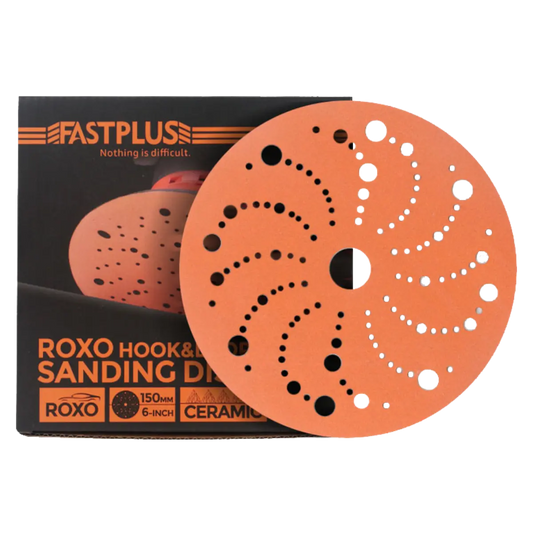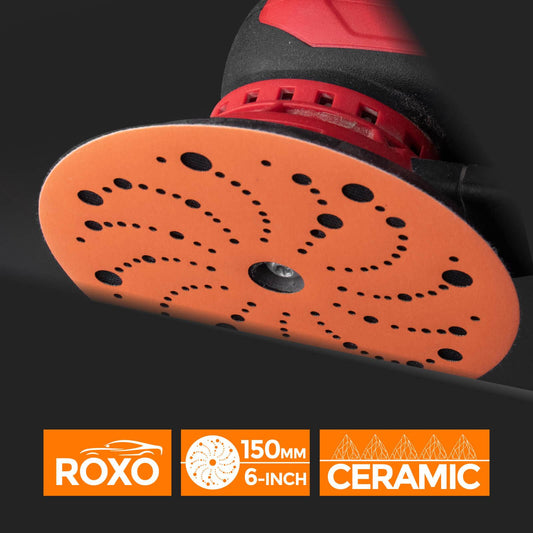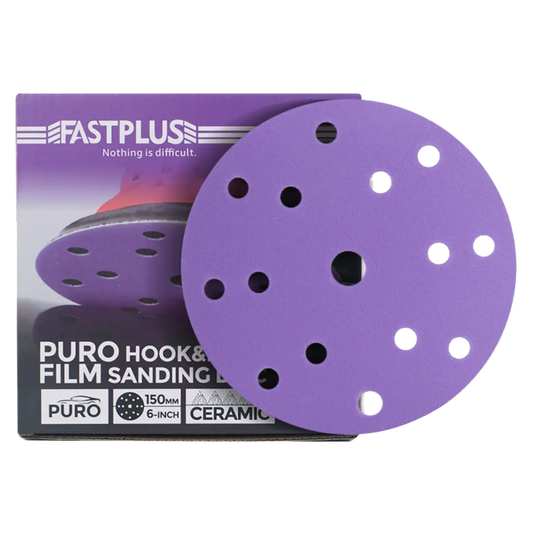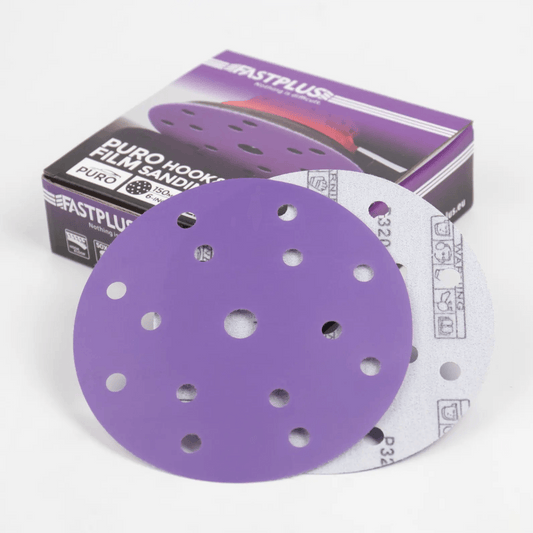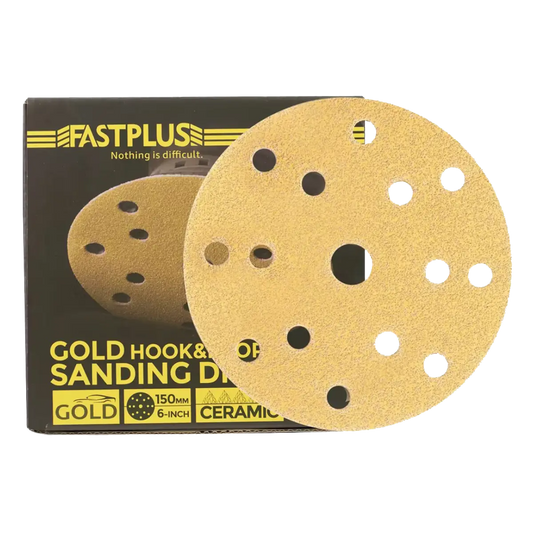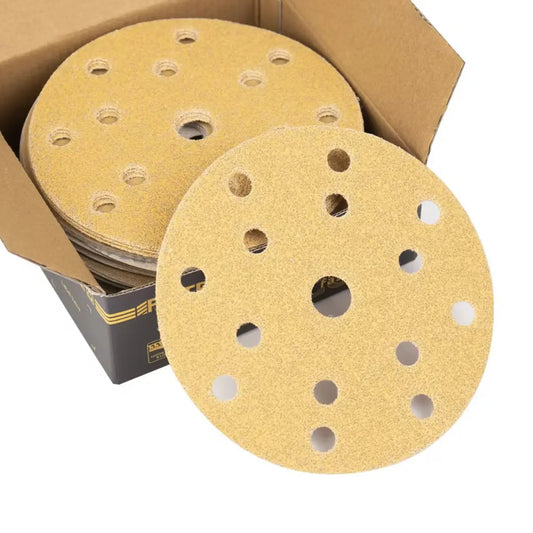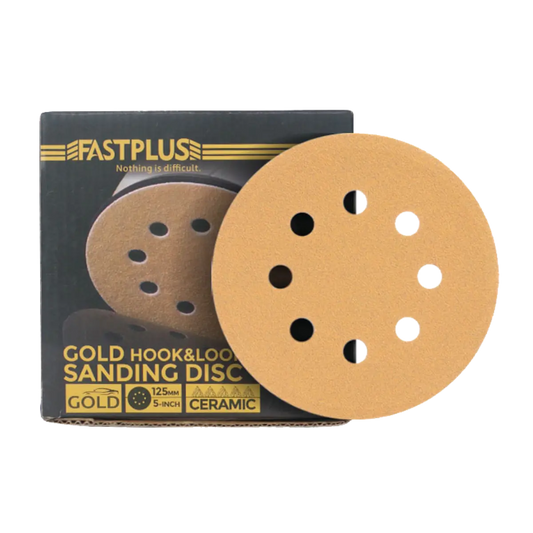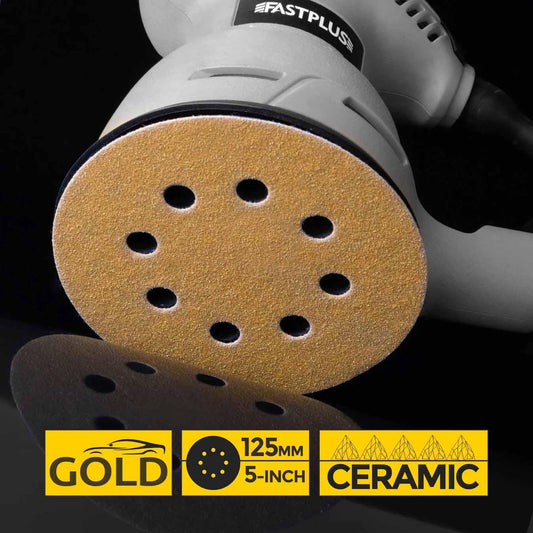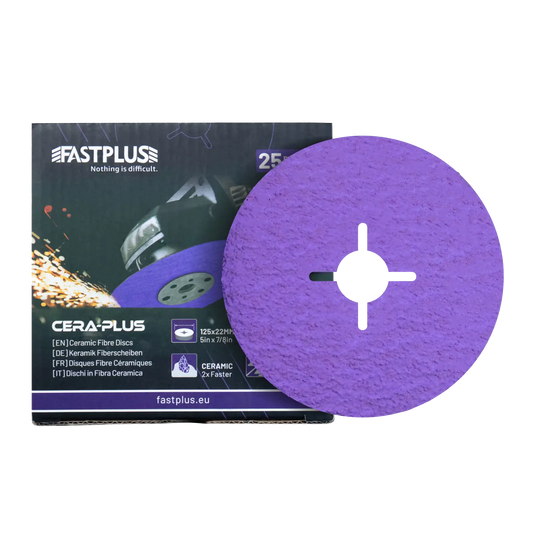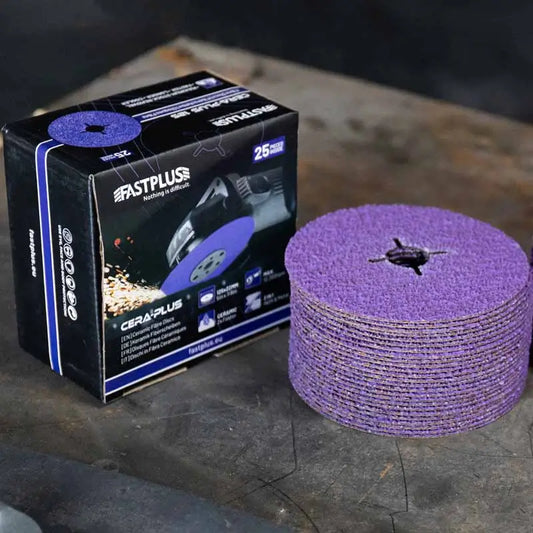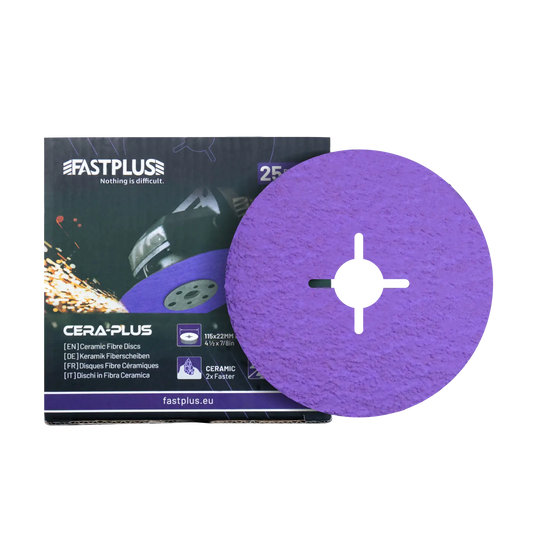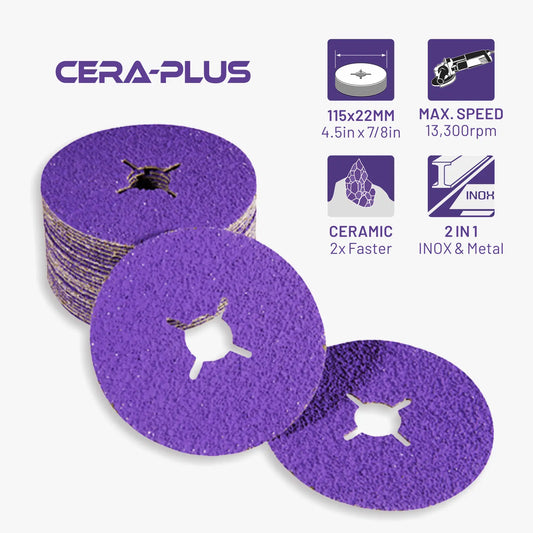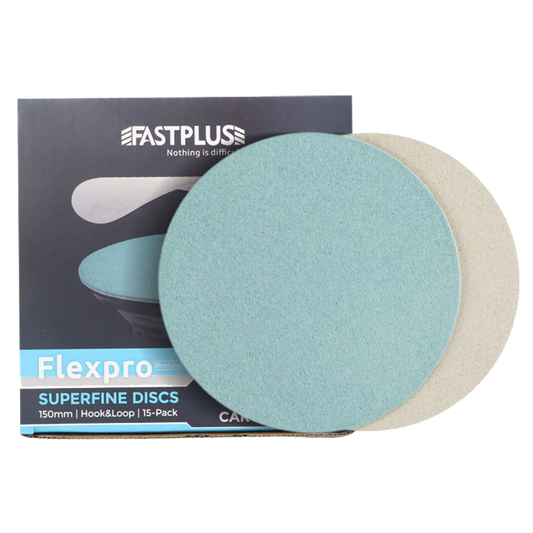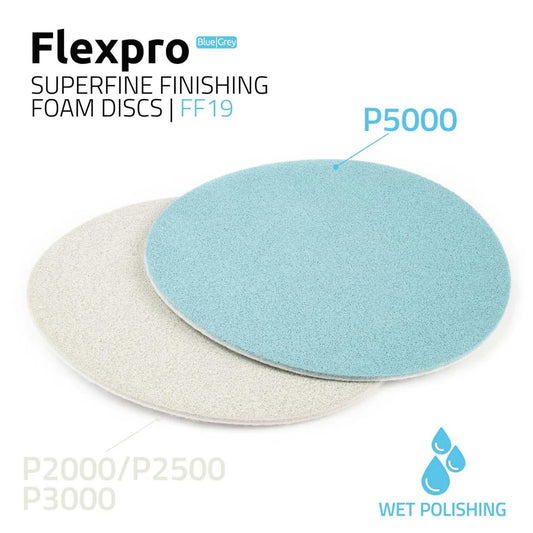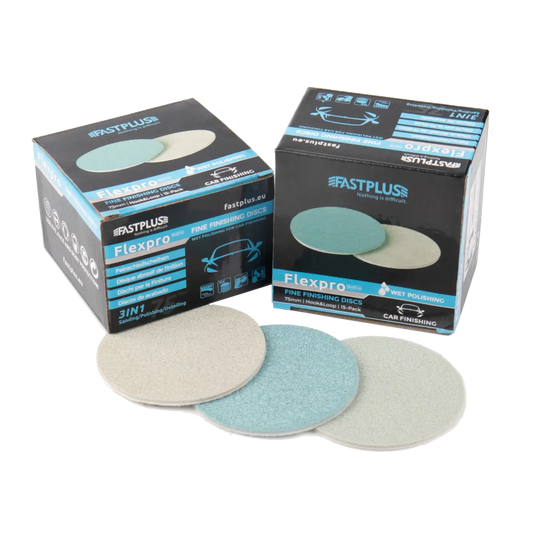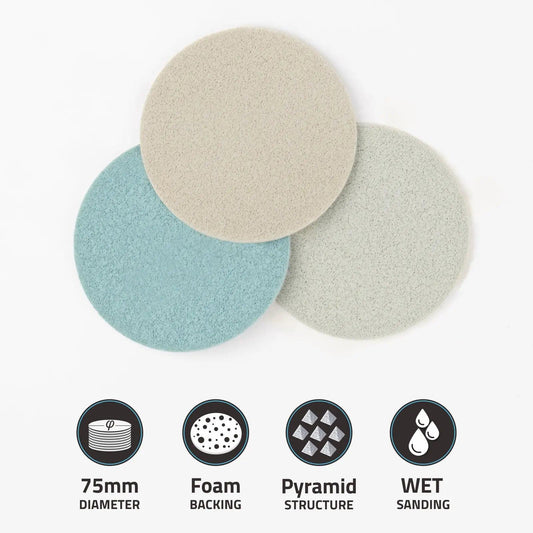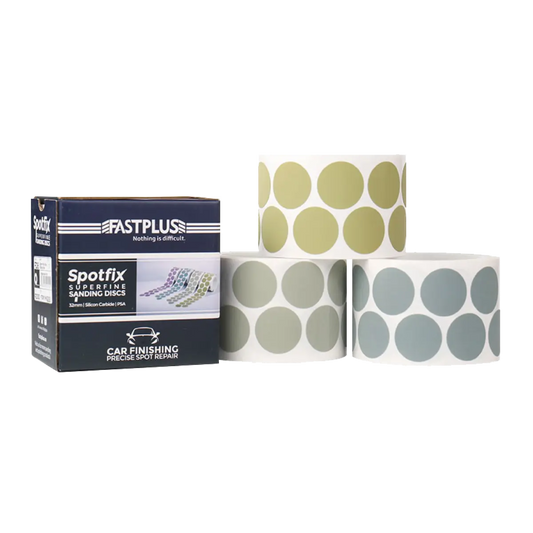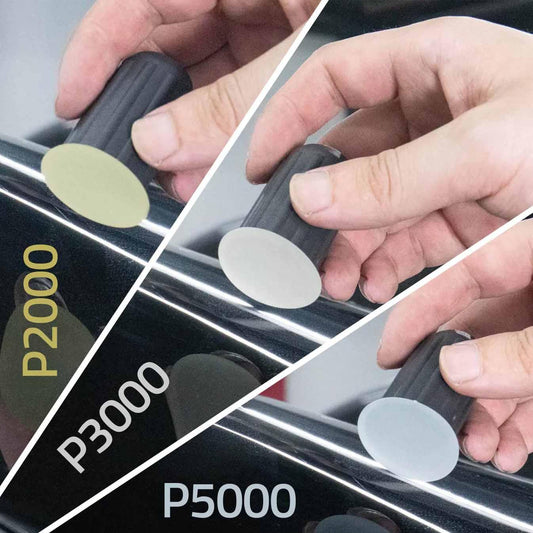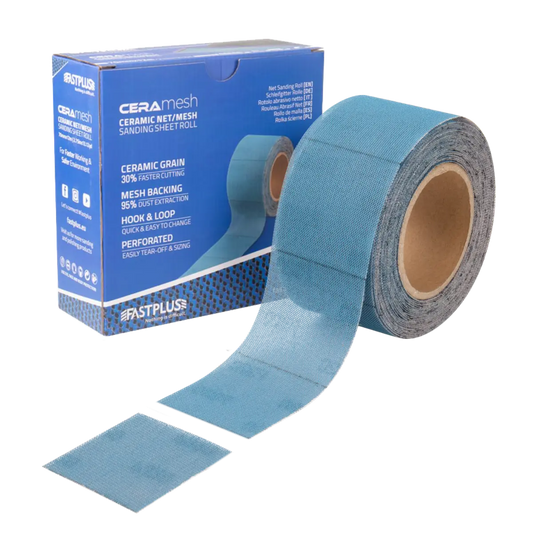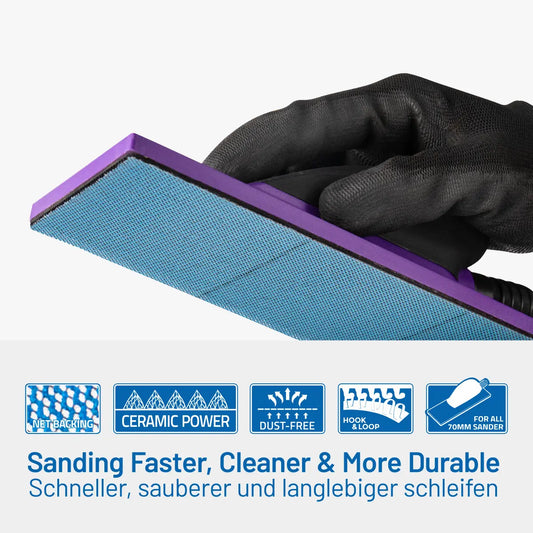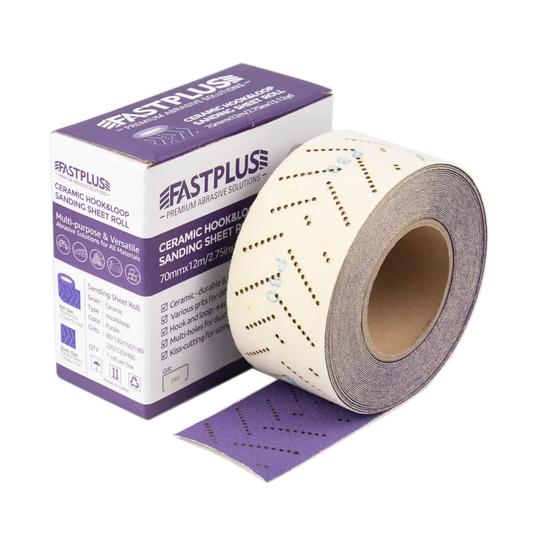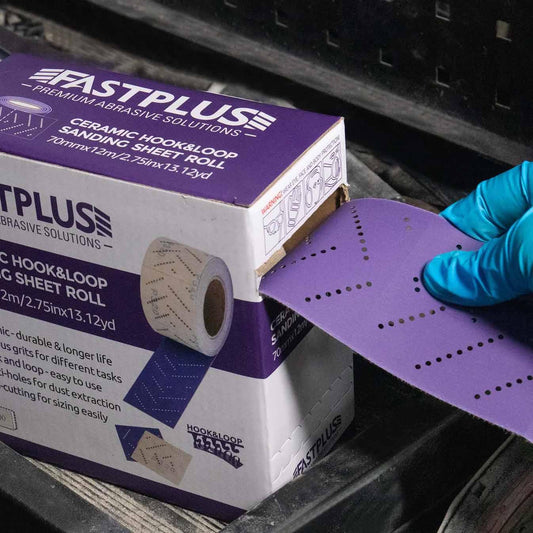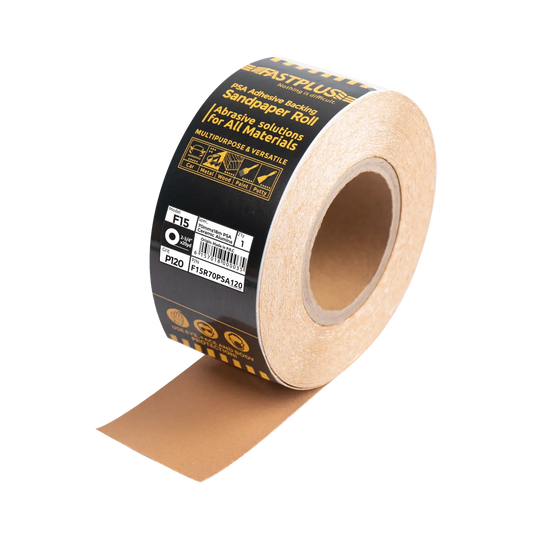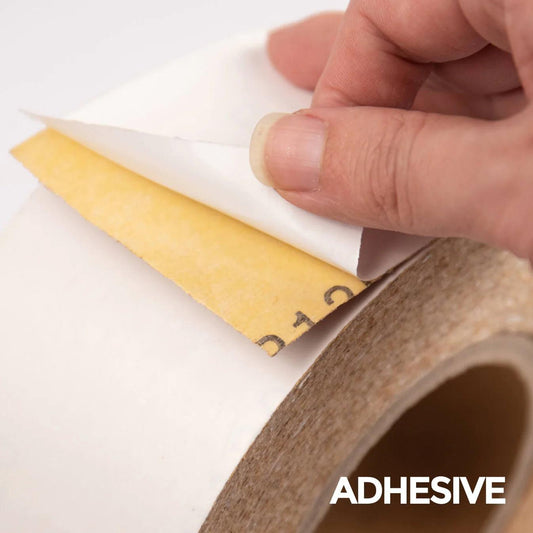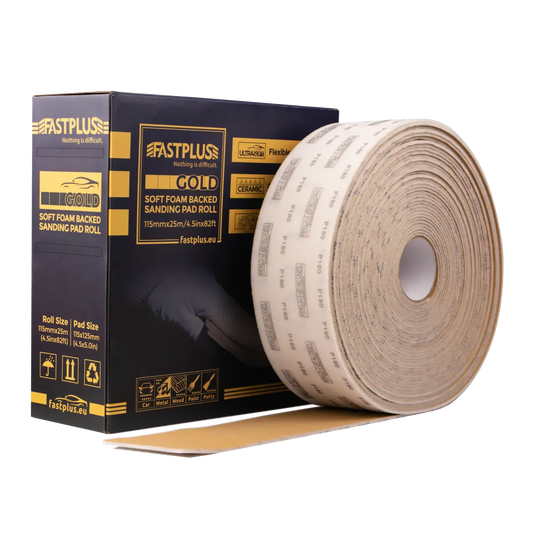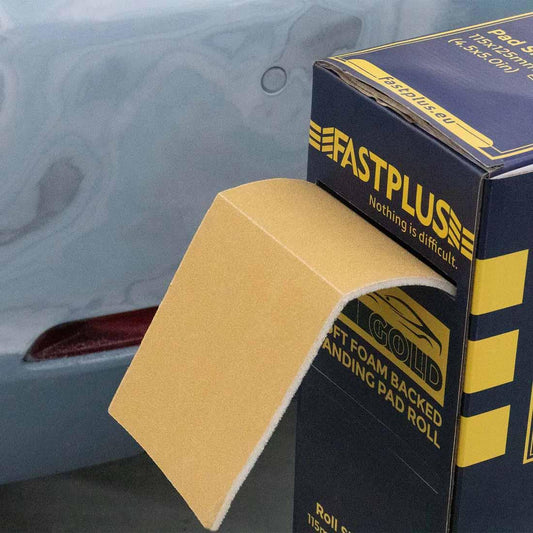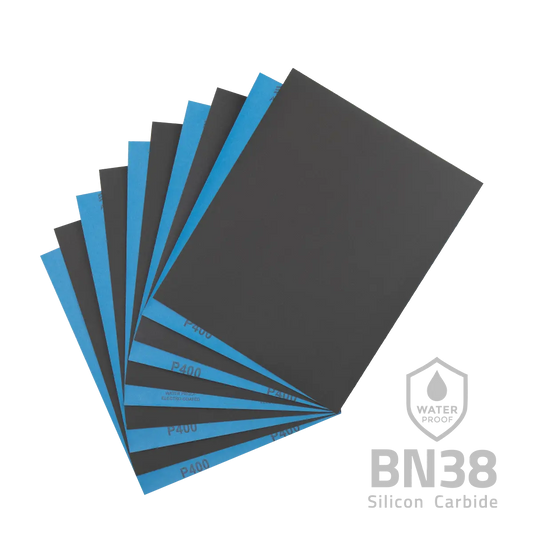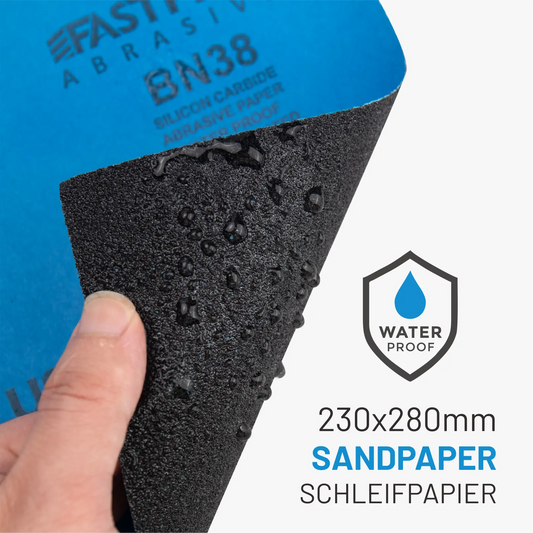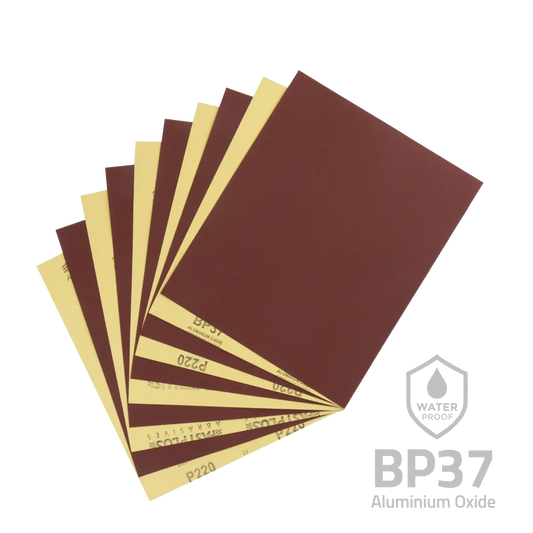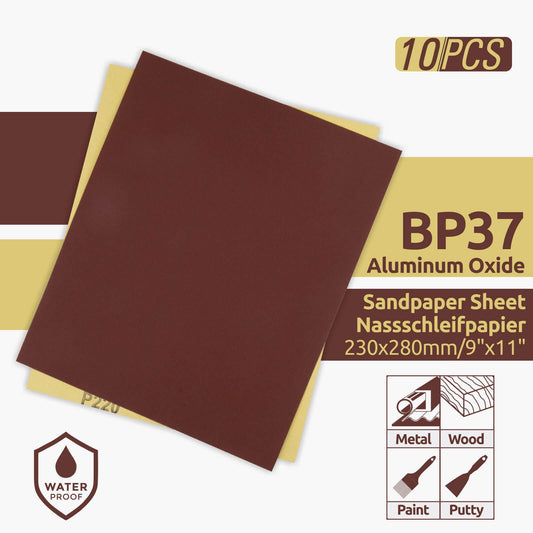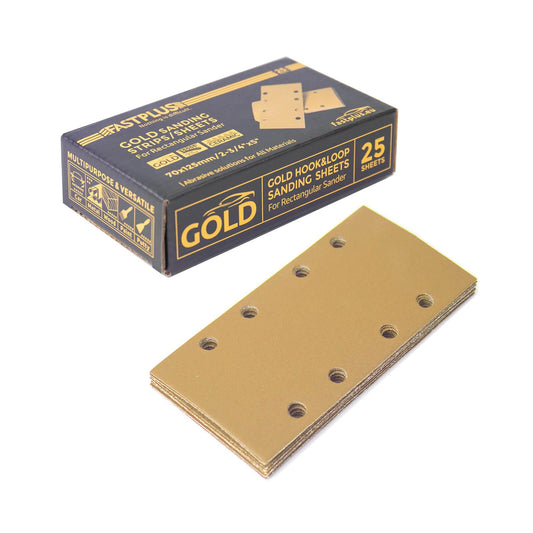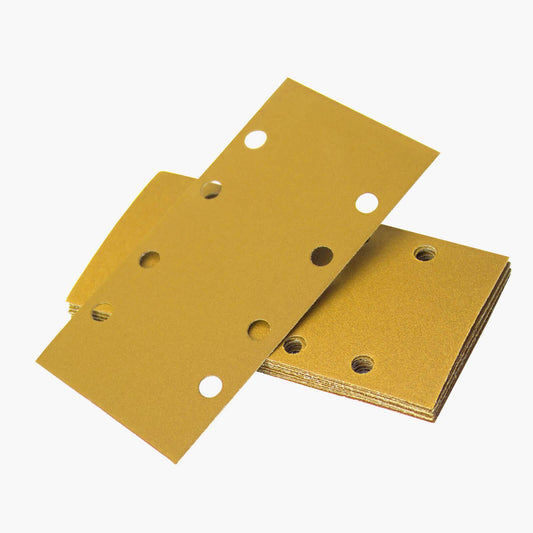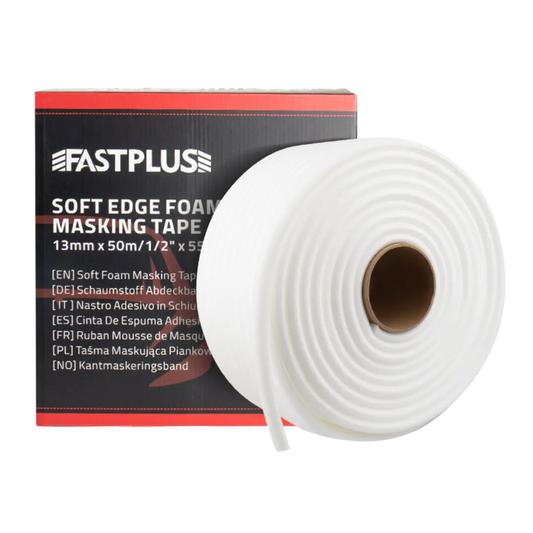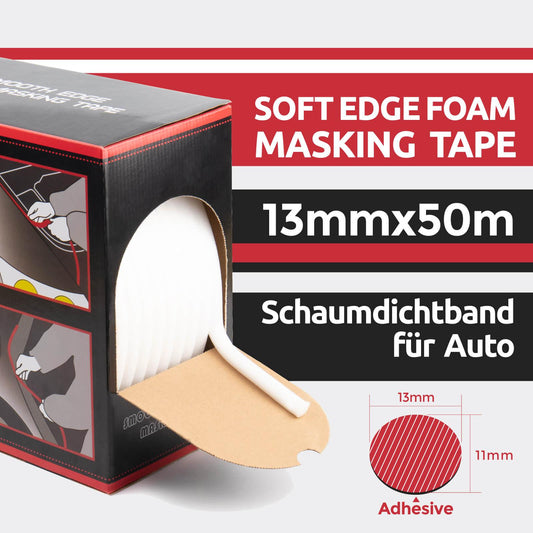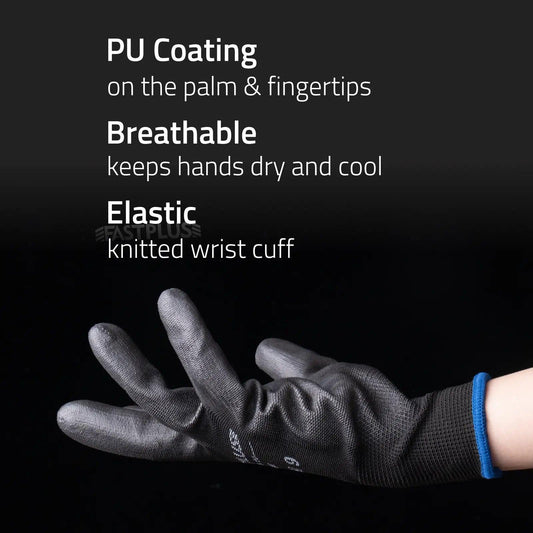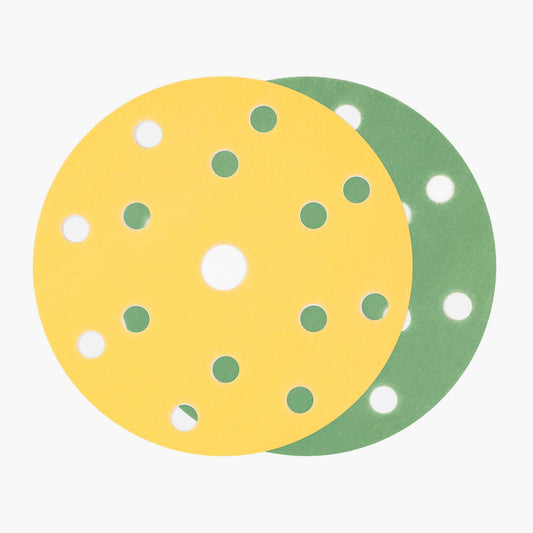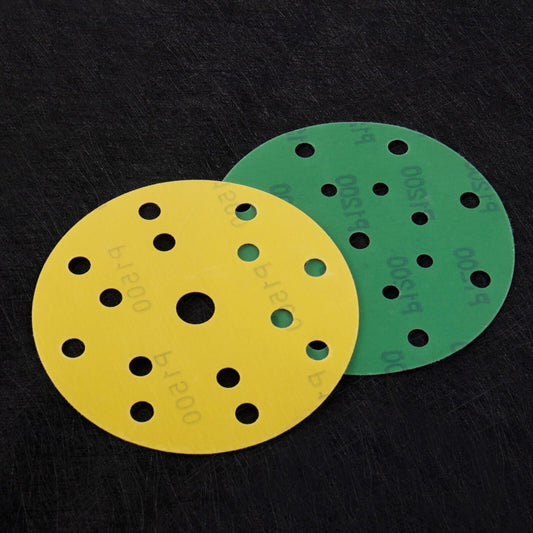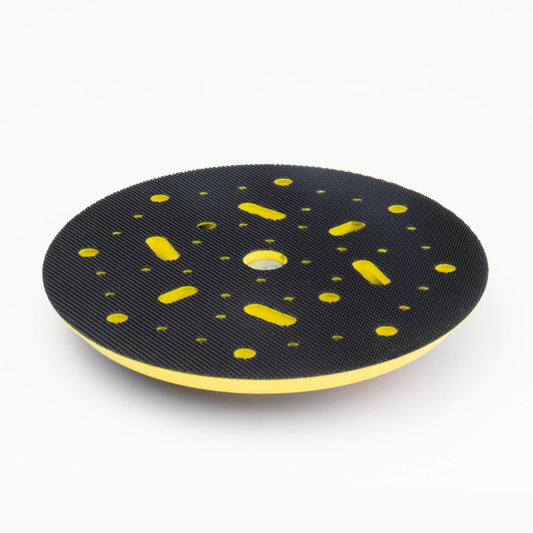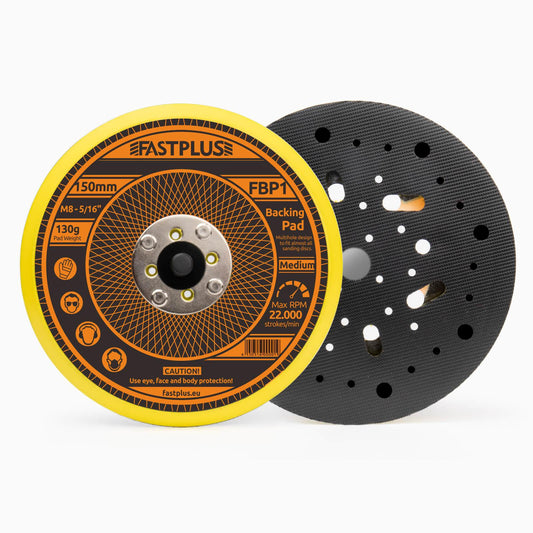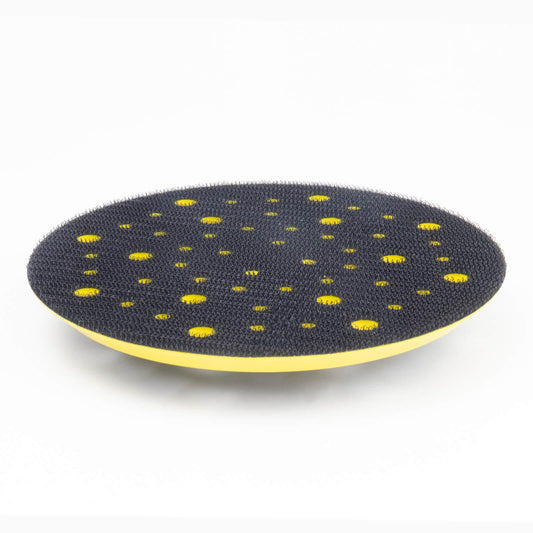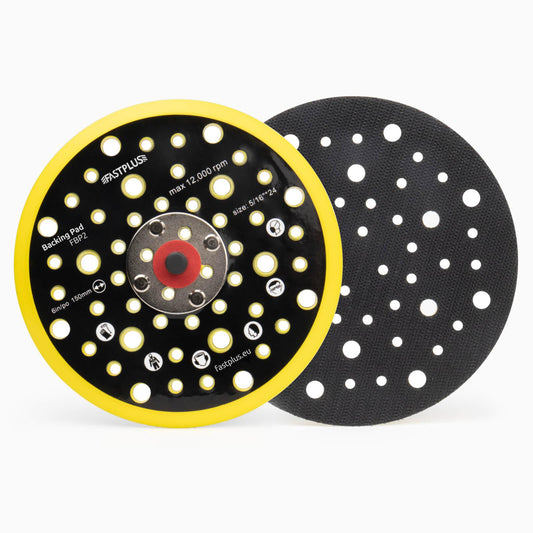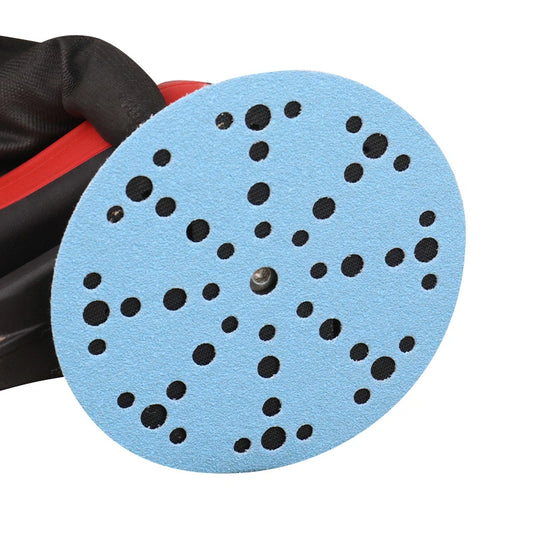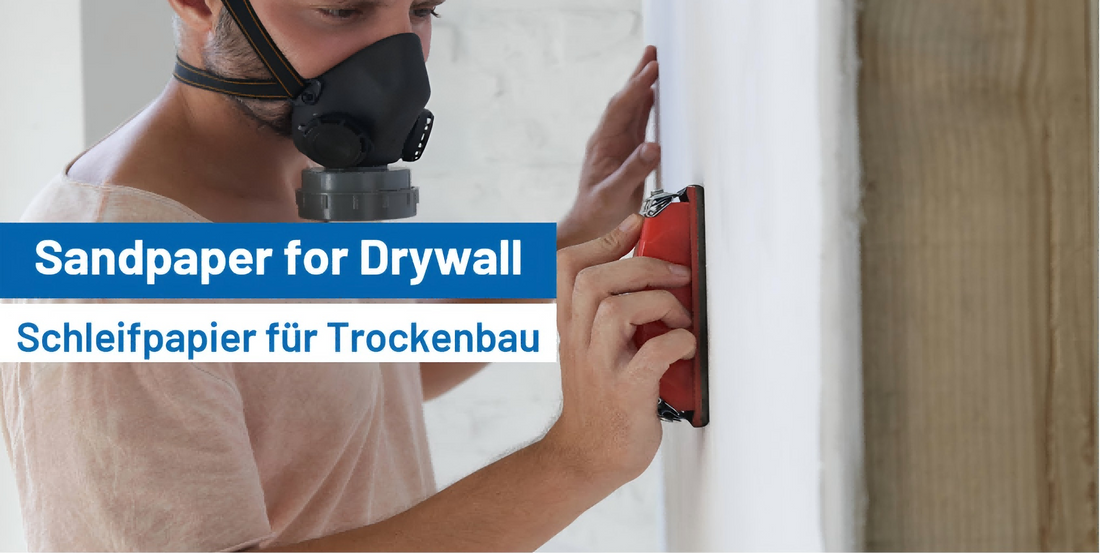
What Grit Sandpaper Should You Use for Drywall?
When working on drywall, one of the most common questions that arises is, "What grit sandpaper for drywall should I use?" The right grit sandpaper is crucial for achieving a smooth, flawless finish on your walls. Whether you're preparing drywall for painting, smoothing out imperfections, or repairing damaged areas, choosing the correct grit can make all the difference. In this guide, we'll explore the best grit sandpapers for drywall, discuss the tools you can use, and share tips for achieving professional results.

Understanding Sandpaper Grits
To begin, it's essential to understand what sandpaper grit means and how it impacts your drywall sanding process. Sandpaper grit refers to the coarseness of the abrasive material, with lower numbers representing a rougher surface and higher numbers indicating finer abrasives. The grit you choose will determine how much material is removed and how smooth the final surface will be. Here's a breakdown of different grits and their uses for drywall projects:
-
Coarse Grit (40-80)
Coarse sandpaper is generally not recommended for drywall sanding due to its aggressive nature. It's mainly used for heavier tasks like removing old paint or correcting large imperfections in the surface. For drywall, it might be used only in extreme cases, such as heavily damaged walls, where you need to quickly remove material. -
Medium Grit (100-150)
Moving on to medium grits, these are typically used for the majority of drywall work. Medium grit sandpaper is great for smoothing out joint compound and smoothing taped seams. It's a good starting point for drywall that has been freshly patched or installed. -
Fine Grit (180-220)
As we focus on the finishing stages, fine grit sandpaper comes into play. Fine grits are used for achieving a smooth finish by removing minor imperfections and preparing the drywall for painting or further treatment. -
Extra Fine Grit (240 and above)
Extra fine grit sandpaper is rarely necessary for drywall work unless you want to achieve a near-perfect, polished finish before applying a final coat of paint. It’s usually used for the final touch on high-quality drywall projects.
Choosing the Right Grit for Drywall Projects
Now that we understand the different grits, the next step is to determine which grit works best for your specific drywall project. Choosing the right grit can make a noticeable difference in the outcome of your drywall, whether it’s a new installation, a repair, or a textured surface that needs smoothing.
For New Drywall
When you are working with new drywall, the first thing to consider is smoothing the joint compound. Begin with medium grit sandpaper (120-150 grit) to remove excess material and smooth out seams. Afterward, move to a fine grit (180-220) to smooth out the surface further and ensure it's perfectly even. This will leave the drywall ready for priming and painting.
For Repaired Drywall
For drywall repairs, medium grit (100-150) works well for evening out patched areas and ensuring they blend seamlessly with the surrounding wall. Use a sanding sponge or sanding block for greater control, especially in smaller or harder-to-reach areas. After the repairs are smoothed out, switch to fine grit (180-220) to blend everything smoothly.
For Painted or Textured Walls
For drywall that has been painted or textured, it’s essential to use a net sanding disc or a sanding sponge. A net sanding disc reduces dust buildup and can work more efficiently without clogging. The medium grit is ideal for removing imperfections from painted surfaces, while finer grits help smooth any rough textures before painting.
Essential Tools for Drywall Sanding
Transitioning from grit selection, let’s take a look at the tools you will need for drywall sanding. Different tools can offer varying levels of control, precision, and dust management. By choosing the right tool, you can significantly improve your sanding process.
-
Sanding Sponges
Sanding sponges are highly versatile and a great choice for getting into small or irregular areas like corners or around outlets. They are available in a range of grits, with the flexibility to provide a smoother finish compared to traditional sandpaper. -
Sanding Blocks
A sanding block helps keep sandpaper taut and provides even pressure, which is essential for flat surfaces.
When using a sanding block, make sure to choose a medium or fine grit, depending on the sanding stage you’re at.
-
Net Sanding Discs
Net sanding discs are perfect for drywall as their open-weave design helps reduce dust and prolongs the life of the sanding surface. They work efficiently for smoothing and prepping drywall, especially in larger spaces. -
Sanding Discs
If you're working on large areas or need to speed up the process, using a power sander with sanding discs is a great option. Just make sure to use the correct grit to avoid sanding too aggressively. -
Handheld Sandpaper
For smaller touch-ups or detailed areas, traditional sandpaper sheets are still a useful tool. While they may not be as efficient for larger surfaces, they allow you to have better control over specific sections of your drywall.
Tips for Sanding Drywall Like a Pro
As you move forward with your drywall sanding, it's important to follow a few pro tips to ensure the best possible finish. These tips can help you avoid common mistakes and make the entire sanding process easier.
-
Work in Phases
Start with a medium grit to level out the material, and follow up with a fine grit for a smooth finish. This phased approach avoids over-sanding and leaves the drywall looking professionally done. -
Use Light Pressure

Applying too much pressure while sanding can result in uneven spots or scratches. Allow the tool or sandpaper to do the work instead of pressing hard on the surface. -
Minimize Dust
Drywall sanding can produce a lot of dust, so using net sanding discs or tools with dust collection systems will help you keep your work area cleaner. It's also a good idea to wear a dust mask for protection. -
Inspect the Surface
After each sanding phase, check the surface for imperfections. A bright light can help reveal any uneven spots that may require additional attention. -
Clean Between Grits
Before switching to a finer grit, make sure to clean the surface of any debris. This will prevent dirt from scratching the surface when you move on to finer grits.
Common Mistakes to Avoid
As you embark on your drywall sanding journey, here are some common mistakes to be aware of:
-
Skipping Grit Levels
Jumping from coarse grit to fine grit can leave marks or scratches. Always progress through the grits to achieve a smooth, even finish. -
Using the Wrong Tool
For smaller areas, sanding sponges and blocks provide more precision than traditional sandpaper. For larger areas, power sanders with sanding discs are much more efficient. -
Over-Sanding
Excessively sanding drywall can weaken the surface or cause it to become uneven. Be mindful of the amount of material you're removing.
Final Thoughts: Preparing for Painting
In conclusion, after you've finished sanding, it's time to prep the surface for painting. Dust from sanding can interfere with paint adhesion, so it’s important to clean the walls thoroughly. Use a vacuum, damp cloth, or tack cloth to remove any dust, particularly when using sanding discs or sponges. Priming the drywall will ensure that the paint goes on smoothly and evenly.
Sanding drywall may seem straightforward, but choosing the right grit sandpaper and tools is essential for achieving the best results. With the right medium and fine grits, along with tools like net sanding discs and sanding blocks, you’ll be able to achieve professional-level finishes.
